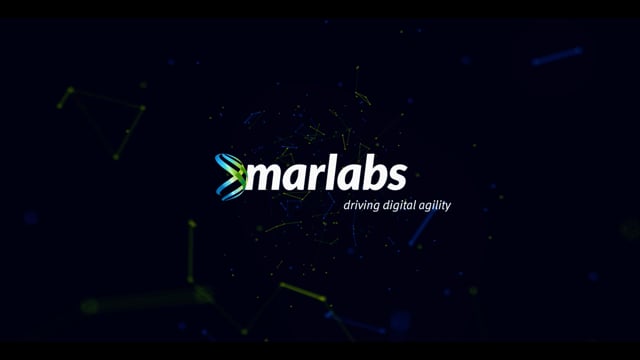The mobile app development landscape is a churning river of innovation. Artificial intelligence (AI) is weaving its way into every aspect of app design, user experience (UX), and functionality. From chatbots that personalize interactions to machine learning algorithms that predict user behavior, AI is transforming the way we build and experience apps. But amidst this exciting current, developers face a crucial challenge: ensuring their app ideas resonate with users in a rapidly evolving market.
This is where Rapid Application Prototyping becomes a critical tool. Rapid Application Prototyping is an iterative design process that allows developers to quickly create functional, yet bare-bones, versions of an app. Through Rapid Application Prototyping, teams can gather valuable user feedback early and often, ensuring their final product is not just technically sound but also user-centric and market-ready.
What is Rapid Application Development?
Rapid Application Prototyping is a software development methodology that prioritizes the creation of functional prototypes early and often throughout the development cycle. Unlike traditional waterfall models where requirements are meticulously planned upfront, RAP embraces a more flexible approach. Here, a basic version of the application with core functionalities is built quickly. This prototype is then presented to stakeholders and users for feedback, which is then incorporated into the subsequent iterations.
The 2024 App Development Landscape
Before diving into the world of RAP, let’s take a moment to understand the current state of app development. Here’s a snapshot of the key trends shaping the industry in 2024:
- User-Centric Design: Gone are the days of developer-driven features. Today, successful apps prioritize user needs and desires. Understanding user journeys and pain points is paramount to creating a positive user experience (UX).
- The Rise of AI: AI is no longer science fiction. From chatbots and voice assistants to intelligent recommendations and data analysis, AI is transforming how users interact with apps.
- Focus on Security and Privacy: With growing concerns about data breaches and user privacy, robust security measures are no longer optional. Building trust with users is vital for app success.
- Shorter Development Cycles: Speed is king in the app market. The ability to iterate quickly and adapt to changing trends is crucial to staying ahead of the competition.
Here's why RAP is essential in the app development landscape:
- Reduced Development Risk: By creating a basic, functional prototype early on, developers can test core functionalities and identify potential issues before extensive coding begins. This significantly reduces the risk of costly rework later in the development process.
- Enhanced User Experience: RAP allows for user testing at an early stage. Real users can interact with the prototype, providing valuable feedback on usability, design, and overall functionality. This user-centric approach ensures the final app meets actual user needs.
- Improved Communication and Collaboration: RAP fosters communication between developers, designers, and stakeholders. Working with a prototype helps everyone visualize the app and understand its purpose. This leads to more informed decision-making throughout the development process.
- Faster Time to Market: The iterative nature of RAP allows for rapid development cycles. By continuously testing and refining the prototype, developers can get a minimum viable product (MVP) to market quickly, gain user traction, and iterate based on real-world data.
The Synergy Between RAP and AI
- Smart User Testing: AI-powered tools can analyze user interactions with the prototype, providing insights into user behavior and identifying areas for improvement. This can streamline the user testing process and provide more actionable feedback.
- Personalized Prototypes: AI can be used to personalize prototypes based on user demographics or past behavior. This allows for targeted testing and a more accurate understanding of user needs for different segments.
- Automated Bug Detection: AI algorithms can analyze prototypes to identify potential bugs and usability issues. This can save developers valuable time and resources by catching problems early on.
Pros and Cons of AI in Rapid Application Prototyping
| Pros | Cons |
| Faster Prototyping: AI can automate repetitive tasks in the prototyping process, such as data analysis and code generation, leading to faster prototype development. | Limited Creativity: AI is currently not adept at replicating human creativity. Rapid Application Prototyping often thrives on innovative ideas, which AI might struggle to generate. |
| Improved User Interface (UI) Design: AI can analyze user data and behavior to suggest optimal UI layouts and functionalities, enhancing the user experience. | Black Box Problem: Some AI models can be opaque, making it difficult to understand their reasoning behind design suggestions. |
| Data-Driven Insights: AI can analyze user interactions with prototypes to provide valuable insights for further iterations, leading to a more data-driven development process. | Potential Bias: AI models trained on biased data can perpetuate those biases in their recommendations for prototypes. |
RAP combined with AI is a potent force, but it’s crucial to strike a balance. Developers should continuously evaluate the value these tools bring to their specific project needs and context. After all, the human touch in understanding user behavior and crafting intuitive interfaces remains irreplaceable.
Rapid Application Prototyping empowers developers to navigate the rapids of the 2024 app development landscape. By embracing user-centric design, leveraging the power of AI responsibly, and staying agile, developers can build successful apps that stand out in a crowded marketplace.






